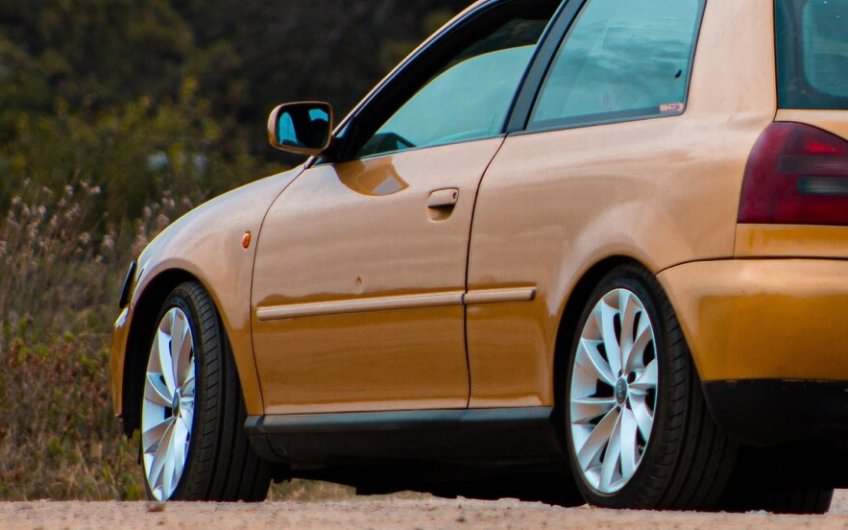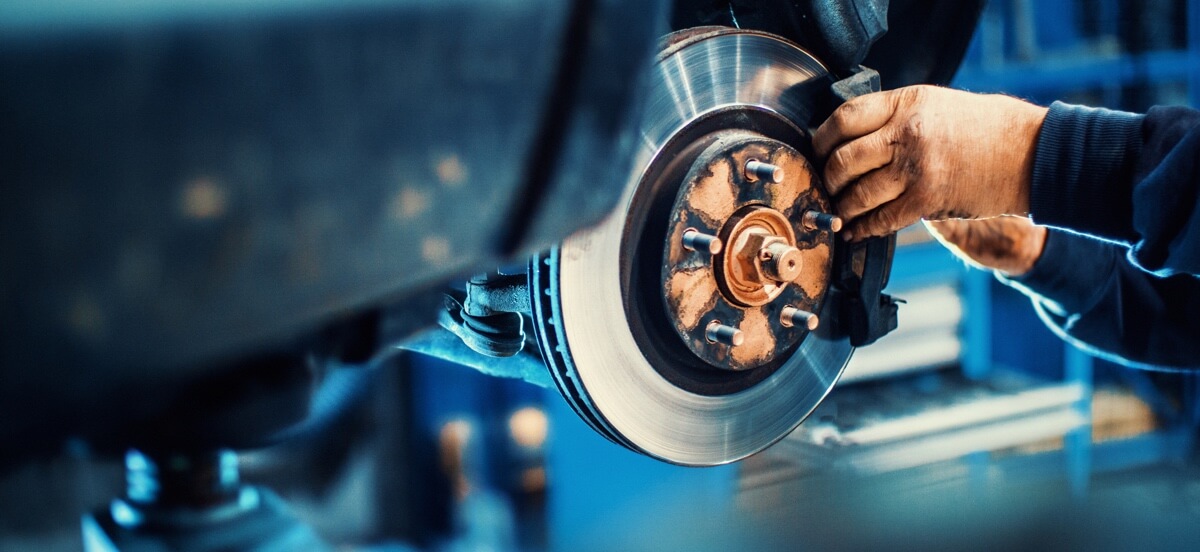
Immediate action is required as soon as we notice uneven braking in our vehicle. Car brakes are critical parts that ensure safety for the vehicle and people. The most common symptoms of a failure in the braking system are usually the following:
We explain below what you need to check if you notice one of these symptoms and why they happen.
If you press the brake sharply and the braking responsiveness is reduced in one of the wheels you must check the vehicle. This uneven or intermittent braking destabilises the vehicle and may cause an accident. We show you the checks you should carry out regularly to avoid unnecessary risks.
The first thing you should check is tyre pressure to avoid imbalanced weight on the axles. Why?The pressure on both tyres of an axle must be identical. If the pressure on one of the wheels is lower, it will offer less grip on the road when braking. This causes vehicle destabilisation, greater wear on the tyres, and higher fuel consumption.
Similarly, it is harmful to overinflate the tyres on one axle because it reduces grip when braking. Furthermore, to ensure your car’s braking is even it is a good idea to use the same type of tyres and check they are properly aligned.
It is essential to check the working order of the braking system. External factors can affect this system over time.
Attention must be paid to potential anomalies such as warping and scoring in disc brakes to check correct working order. To do so, we use a dial gauge which is attached to the suspension mount using a magnetic base. We then place the probe perpendicular to the brake disc.
We compare the deviation to the factory values and if the gap is larger than 0.3mm, we will have to change the brake disc.
It is important to check the thickness of the disk using a calliper or micrometer. The thickness must be the same over the whole area of the friction surface. To measure this, we take readings from 3 points located 120° from the lining and the same distance from the edge. If the thickness is not constant or the minimum factory value is higher than our readings, we will have to change the disc brake.

Brake pads are one of the most easily damaged parts of the braking system as the front brakes suffer the most wear. They comprise a metal housing and fibre, metal, and mineral material that creates friction with the disc and slows the vehicle.
It is recommended that the pads are changed every 10,000 kilometres.. This is particularly the case if, when you press the brake, you hear a squealing sound caused by the friction with the disc or if the car brake warning light flashes. Furthermore, when brake pads are worn, the braking distance increases, which is dangerous for vehicle safety.
AModern cars feature a vacuum brake servo that multiplies the force applied to the pedal to send greater pressure to the braking circuit and system. The brake callipers are the parts that apply this pressure to the brake pads through a piston. The brake callipers create pressure and the necessary contact with the disc to lower the vehicle’s speed.
The callipers sometimes do not work properly and create different pressure on the discs leading to uneven braking. If we want to test the efficiency of the callipers, we need to use a brake meter and if they are damaged, replace them.
Finally, we have to check the brake fluid, which allows force to be transferred to the wheel cylinders. Brake fluid must be changed every 2 or 3 years, depending on how the vehicle is used.
According to Feuvert, 30% of vehicles on the road have brake fluid in poor condition or unsuitable brake fluid. Using old, unsuitable, or very dirty brake fluid can cause irreparable damage to the braking system. To solve the problem, it is recommended that all the fluid is removed, the system is cleaned, and refilled with suitable, new fluid.
These checks will enable you to identify the causes of uneven braking in your vehicle. For a safe and stable car, remember to pay special attention to the tyres, braking system, and brake fluid.